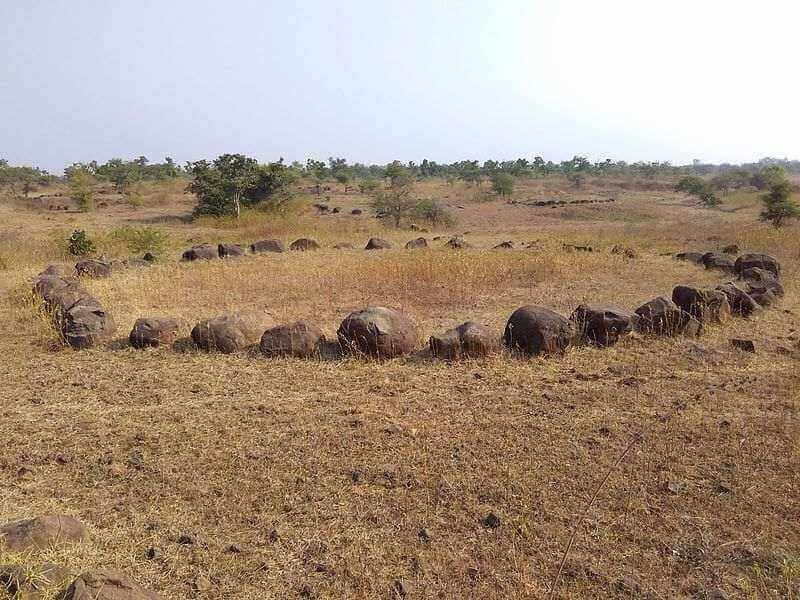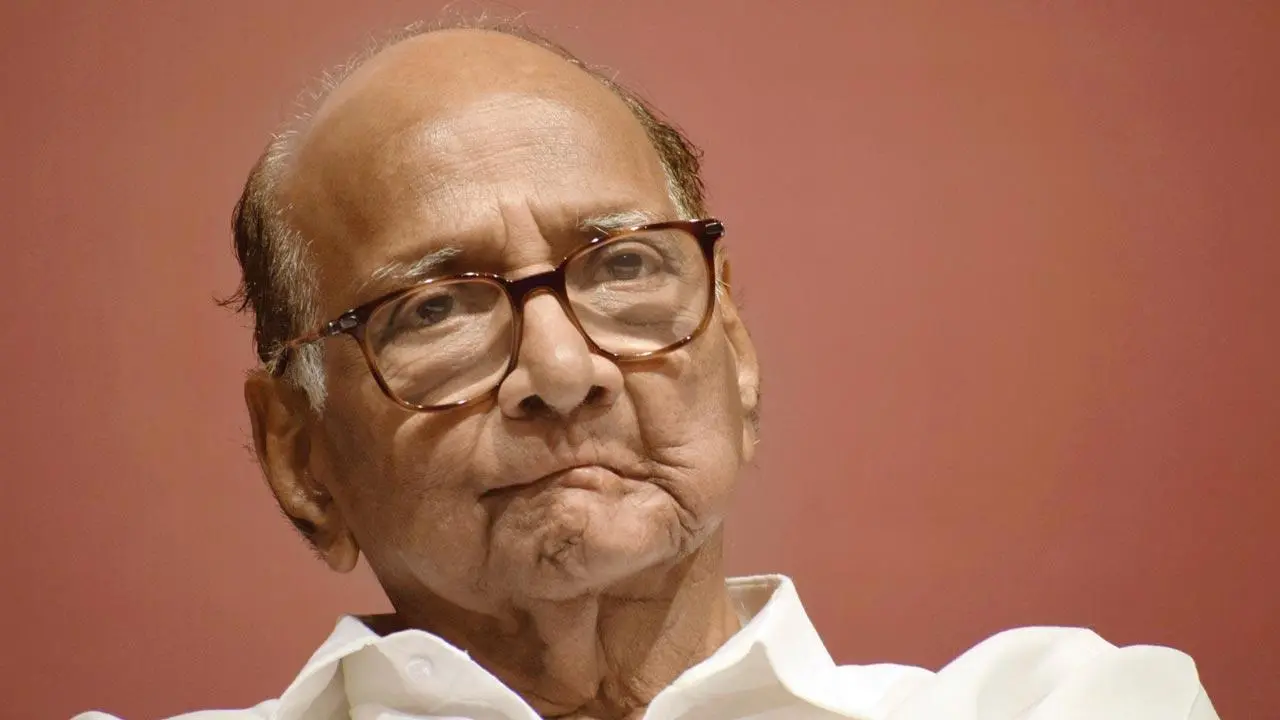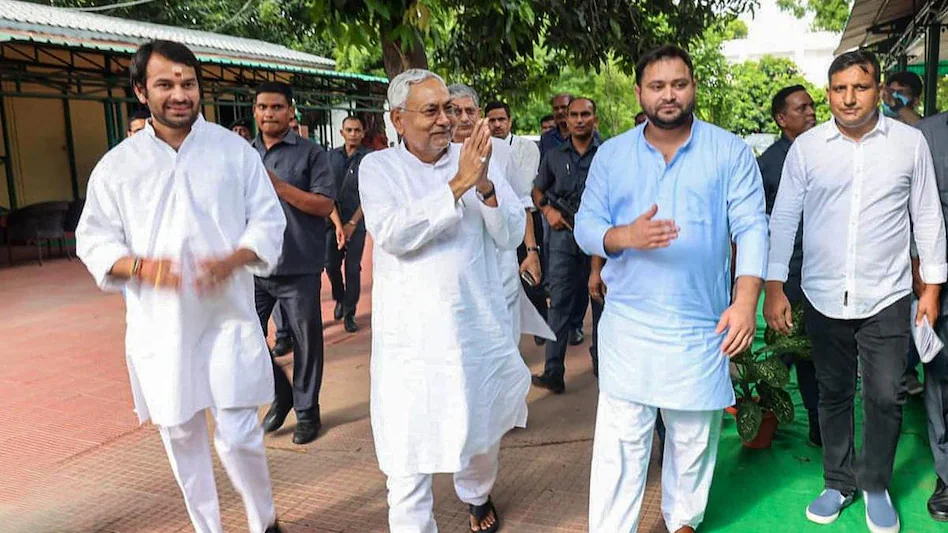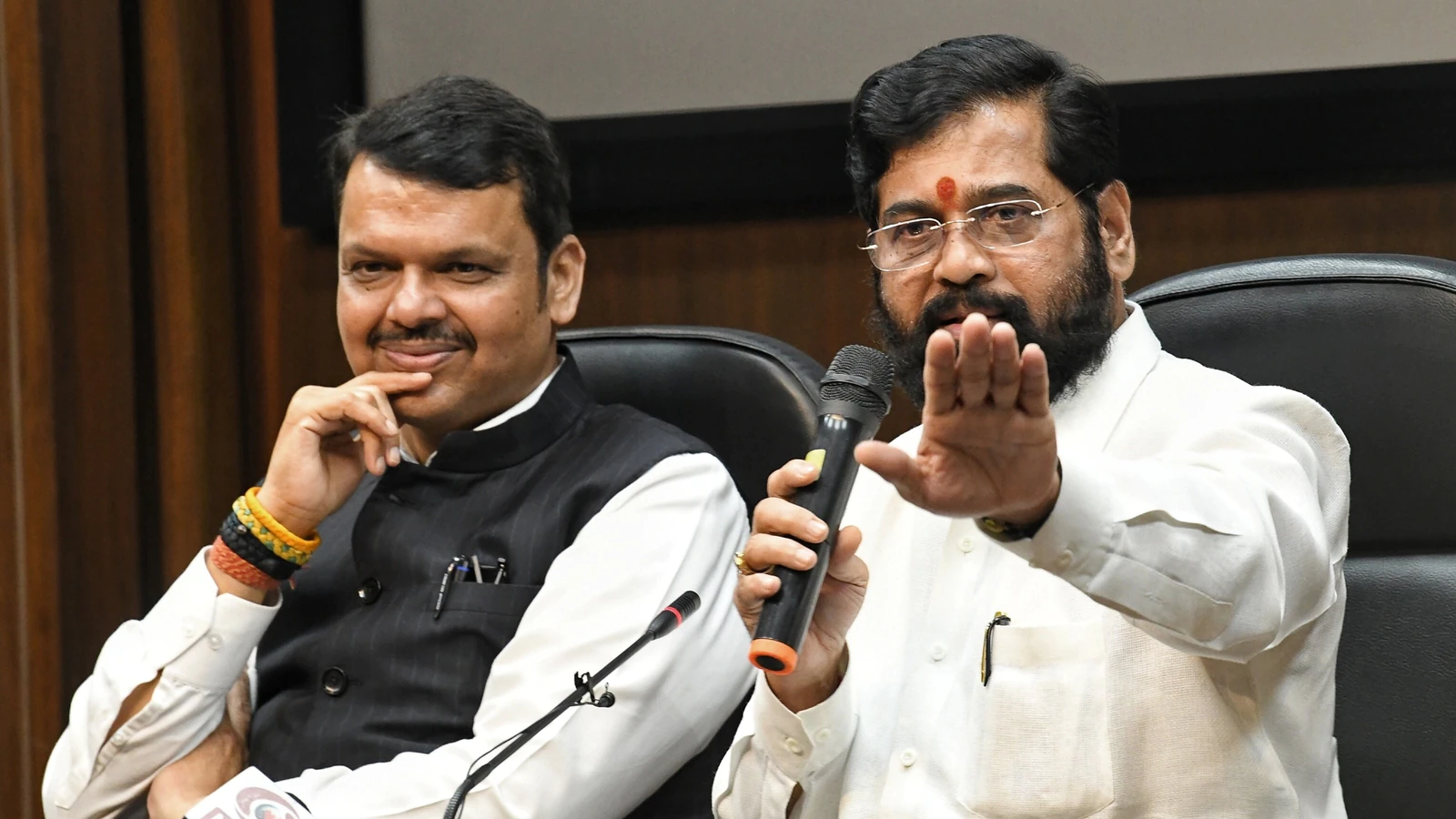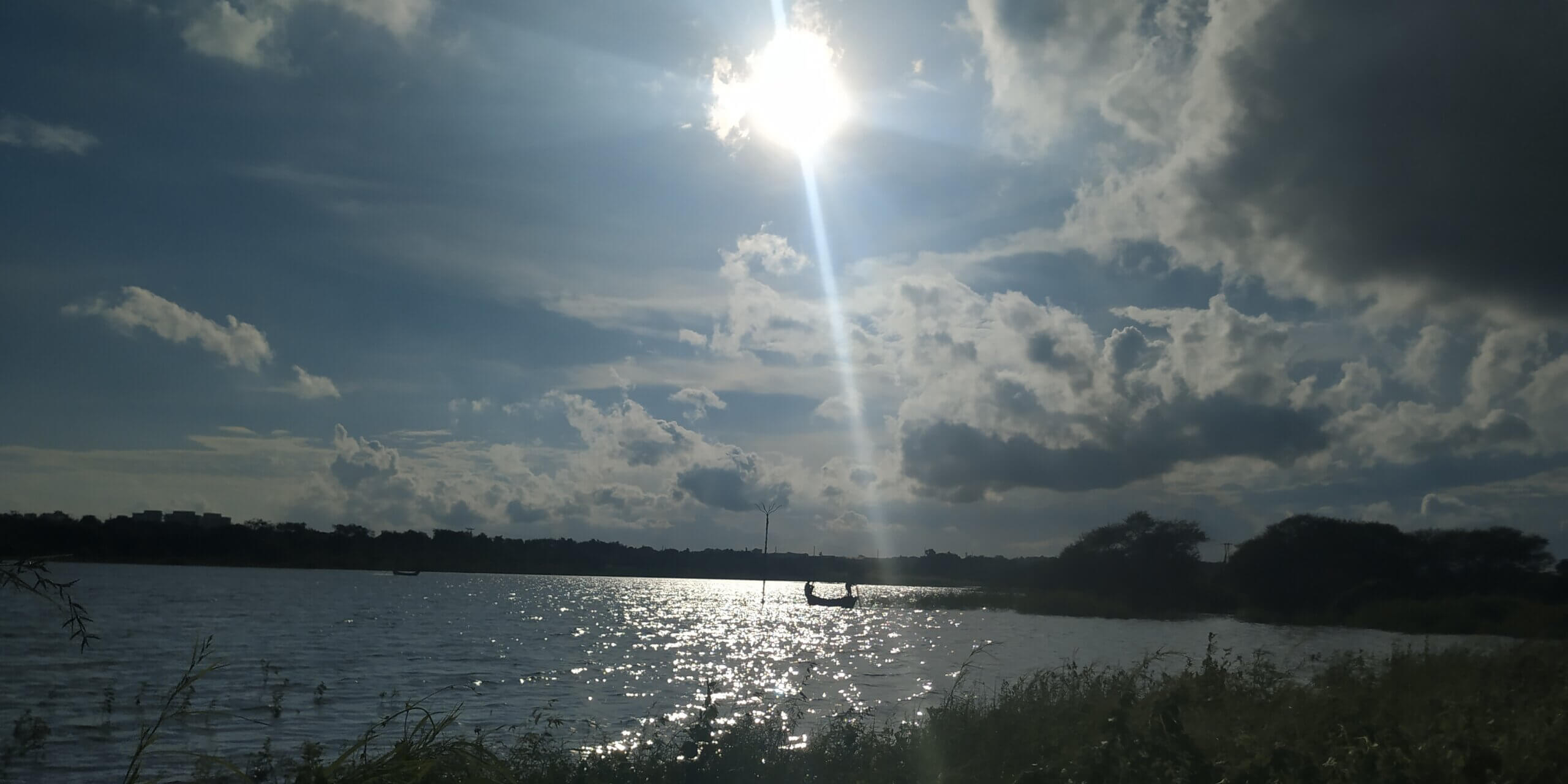It’s been over two centuries, but Sakas stone circles are still a subject of fascination among anthropologists and history buffs.
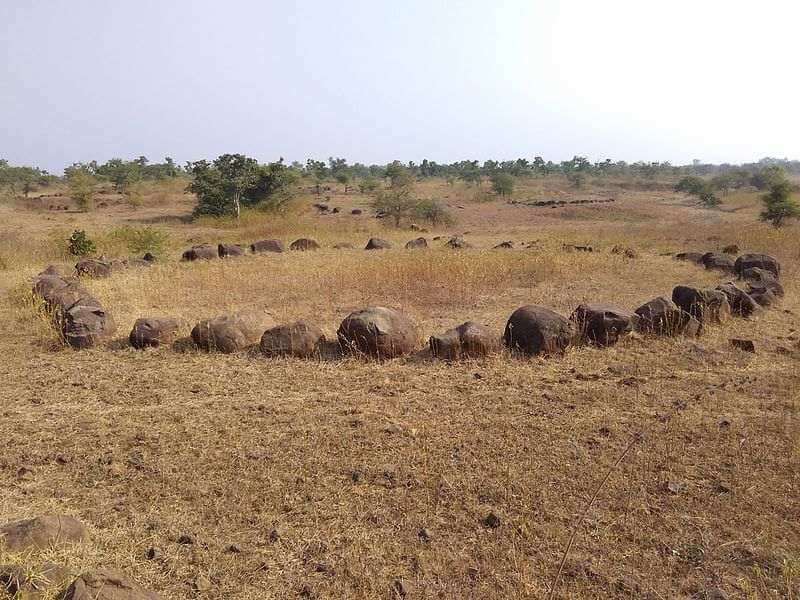
In 1850, When Rev. Stephen Hislop secured approval for excavation of some sites near Nagpur, he had no idea that his amateur exploration would bring forth a lesser-known heritage.
Precolonial era with the British dillydallying into Nagpur native politics, the officials stationed there took in great delight to venture in and around the city.
The unusual appearance of the stones in position like circles attracted their attention. Their accounts clearly mention, “The stone circles at Central province resemble the prehistoric sites at Avebury and Carnac in England & Brittany in France.”

The possibility of an archaeological breakthrough and the need to find more about this familiar yet unknown site fueled their efforts to explore more.
The first undocumented excavation was carried out by Sir. Reverend Hislop with due permission from Raja of Nagpur in 1849-50. Post his successful exploration and acute analysis of the finds, Hislop wrote to the Journal of Bombay branch of Royal Asiatic Society.
Hislop’s letter threw light on the finds from the cairns. Fragments of mosaic pottery, spearhead, a large iron piece and many antiquaries. He also mentions twenty localities where he noticed the circles and eight villages wherein he found Kistvaens- the stone boxes.
After his death, his friend Rivett Carnac took the follow-ups from his investigations and steered the first documented survey and excavation at Junapani.
Carnac extensively elaborated in his accounts about stone circles, he stressed on “Similarities between stone rings in the central province of India and those in Avebury Europe.”
With stone circles being spotted in untapped corners of the seven continents, one might want to believe in the theory that Scythians left strong cultural ties in every place they lived and left.
Breaking down the anatomy, they can be classified as Sepulchral or non-sepulchral and further based on the presence of types of burial chambers – Kistaveans, dolmens and monoliths, etc.
People who built these megalithic tombs and rings did not leave any written records or they perished with time. But the legacy still lives on as a mark on the landscape. Astronomical alignments of these tombs are also of fascinating features. The cup marks or cupules on certain stones of circle indicates the time and presence of star constellation during the time of the dead buried in the sepulchral megalith.
So far, 150 stone circles are reported and documented while three to ten of them are excavated and explored under the supervision of the authorities. The sites today have been catalogued among the megalithic circles found across the world.
The antiquity of megaliths gives a probable proof that they were erected during 1200 BC. These Junapani stone circles represent the early manifestation of Indian Astronomy and mark the timeline and the landscape to memorialize the event.
Humans have a deep longing to feel connected to those on the other side. The true reason behind making and erecting these circles might be honoring the dead or beginning of their migration journey. Way to say Anniversaries are important!
Standing strong unbothered for millennia, these Stone circles tells a lot about life and culture and deep insight into how men of the ages bygone felt about the ultimate milestone of life – Death.
No doubt the stone circles were built to memorialize the dead. It’s reasonable to put the bets on that they viewed the heavens with awe just as we do when we see the starlit night sky. This reminds me of Anne Frank who wrote: the dead receives more flowers. Notoriously one might want to argue.
Flowers are too easy Anne, here one might even get a customized constellation marked burial!
Cromlechs have been used as tombs as strengthens the theories; they served as the ritualistic and ceremonial purpose about solar and lunar alignments.
With series of British explorers penning their perspectives, Major G.G Pearse of Royal Artillery did express a very different opinion with an analytical approach.
They were civilized and cultured, agriculturists who produced the best of steel, had goldsmiths, rode horses, used potter’s wheel, smelted copper and were traders.
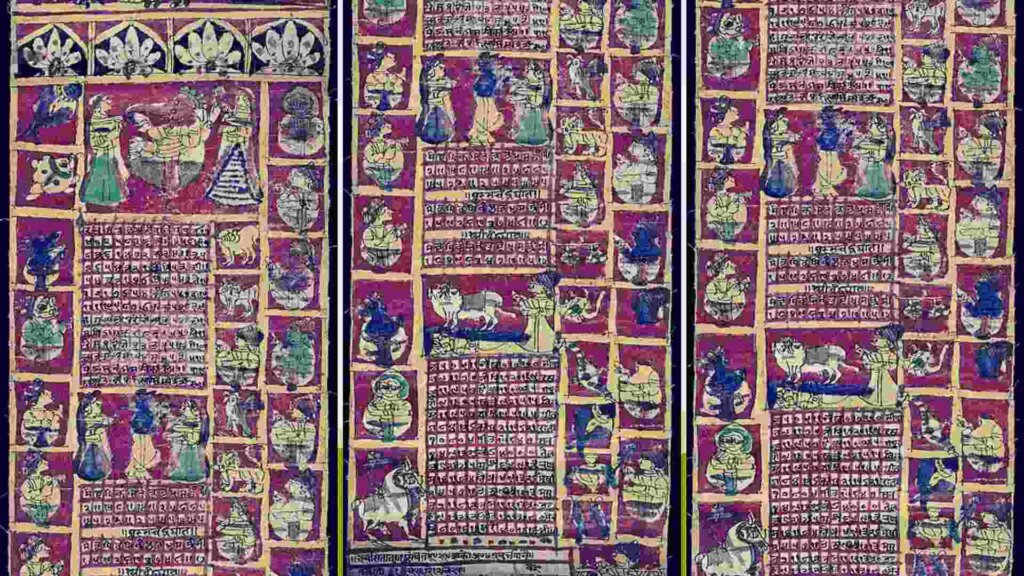
On conclusion note, while the stone circles by Scythians are a part of our heritage, there is a remarkable legacy that they have passed on to generations and is still a part of our everyday culture. The Saka calendars hanging by the nail on the walls of our very Desi households.

